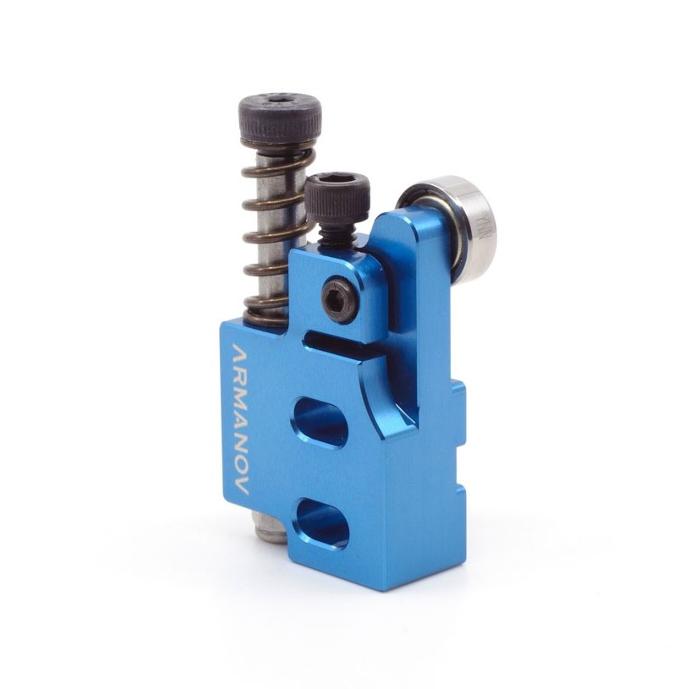I've measured cup height in the past, as I was very curious about their consistency, and found them to be very consistent. When I measure a primer's over all height, which includes the distance the anvil protrudes above the cup, I do often find variance often being ~.003". And because of that I'll take the shortest measurement and set my seating (which varies from one brand or lot of brass to another) to get ~.003" "crush", which means the taller ones will be "crushed" an additional .003" into my uniformed primer pockets. Regardless of the amount of "crush", the seating below flush is uniform for what I feel give consistent firing pin strikes for consistent ignition. Because the the difference between the cup height and the over all height might be something like .009" before the cup is actually seated against the bottom of the pocket, there's plenty of room to get close enough to the bottom of the pocket and have decent "crush" and consistent seating depth below flush from the base of the case. I've had a small variation in "crush" (like .003") that hasn't produced any measurable difference in velocities or results on paper.
Primers seated to far from the base of primer pockets can be a big problem (like, fail to fire) and primers overly crushed produce very inconsistent ignition. Don't ask me how I know.


 www.armanov.com
www.armanov.com


